Before moving to Denmark in July 2021, I spent 9 years working in the Polish diplomatic service. I was posted to Brussels, Malta and Kaliningrad. While working in Russia, analogue photography became my main hobby, given the challenging state of Russia-West relations and limited possibility to involve in other activities.
Already as a diplomat, I defended my PhD thesis. I did not really need the degree back then but whenever I did some lecturing, I felt that academia was something I wanted to dive deeper into. I longed for more contact with students interested in memory and identity studies. I also had a strong wish to share knowledge with others – interact with them, involve in dialogue, and present my perspective on social phenomena without imposing it.
Moving to Denmark provided me with such an opportunity. During the spring 2022 semester I ran my first full-fledged course at DIS Study Abroad in Copenhagen which organizes stays for students from various U.S. universities in Copenhagen and Stockholm.
I must add that Scandinavia has its unique features – social welfare states with high taxes and a strong sense of mutual dependency of all citizens despite their largely individualistic lifestyle. Within the realm of the collective West, you can’t get any further from what one might experience in the U.S.
Apart from attending classes, students go on study tours and meet with experts in the field they are studying. Teaching at DIS also leaves ample room for unusual activities. As teachers, we construct the courses based on our experience, knowledge, and gut feeling. We are encouraged to experiment if we believe it can enhance the learning curve.
I taught a course on the European Union: the history of its creation along with countless wars in Europe, the birth of nation-states and grievances between them and the difficult path of overcoming the legacy of colonialism, racism, authoritarianism and totalitarianism. Thanks to structuring the course in such way, I could combine it with my research activities at Lund University.
We kicked off during a difficult moment. The COVID-19 pandemic was still very much ongoing so we had to face a number of obstacles. There were many moments when I had to introduce far-reaching changes due to unforeseen circumstances, especially during our two study trips to southern Denmark and Brussels.
As I was preparing for the beginning of the semester, I wondered how I could use my non-professional experience to make the classes more interesting. I quickly realised that analogue photography presented ample opportunity to mitigate the effects of teaching in a society still partly in lockdown. Since some places were inaccessible for us, other places had to become even more tangible. With analogue cameras, we could truly embrace the spaces we were to travel to and explore.
I must add it was a class with people who had little or no experience in analogue photography. The whole idea was to make it a fun experiment with absolutely no pressure or expectations to deliver astonishing results. Shooting film was meant to serve as an addition to guided tours, discussion panels, visits to museum and other activities.
I decided to give this idea a try and went for old Soviet and East German cameras: Zenits and Prakticas, with addition of one Contax 139M. While affordable and reliable, they are simple and give you a very authentic, mechanical experience. After a basic check-up, I organised a workshop during which the students familiarised themselves with the equipment and learnt the basics of operating a film camera: loading and unloading the film, measuring light, as well as setting aperture and shutter speed.
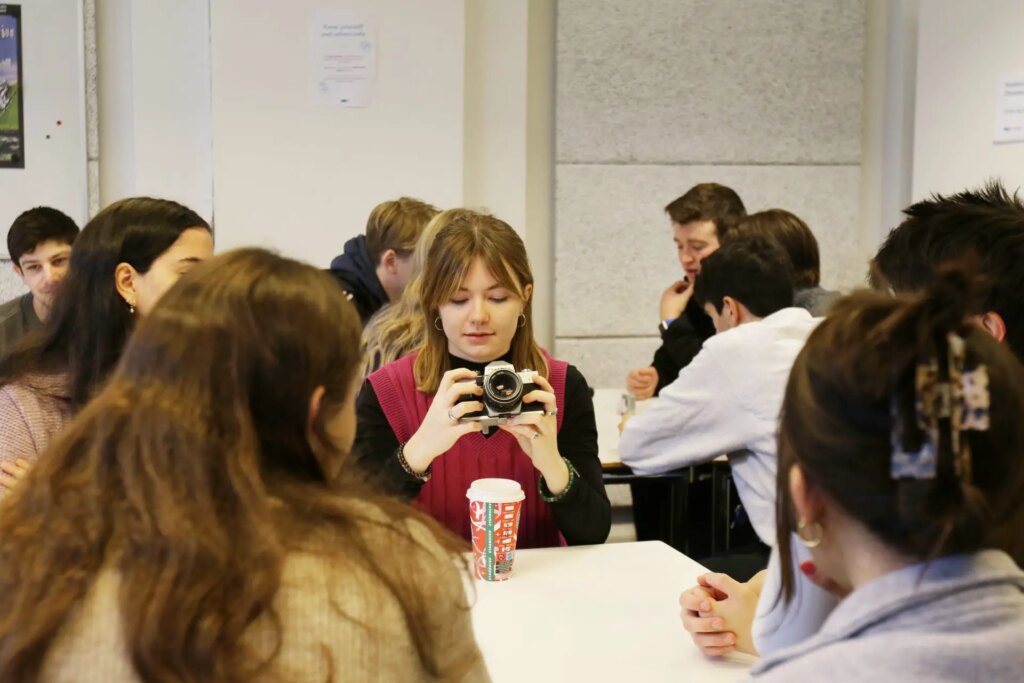
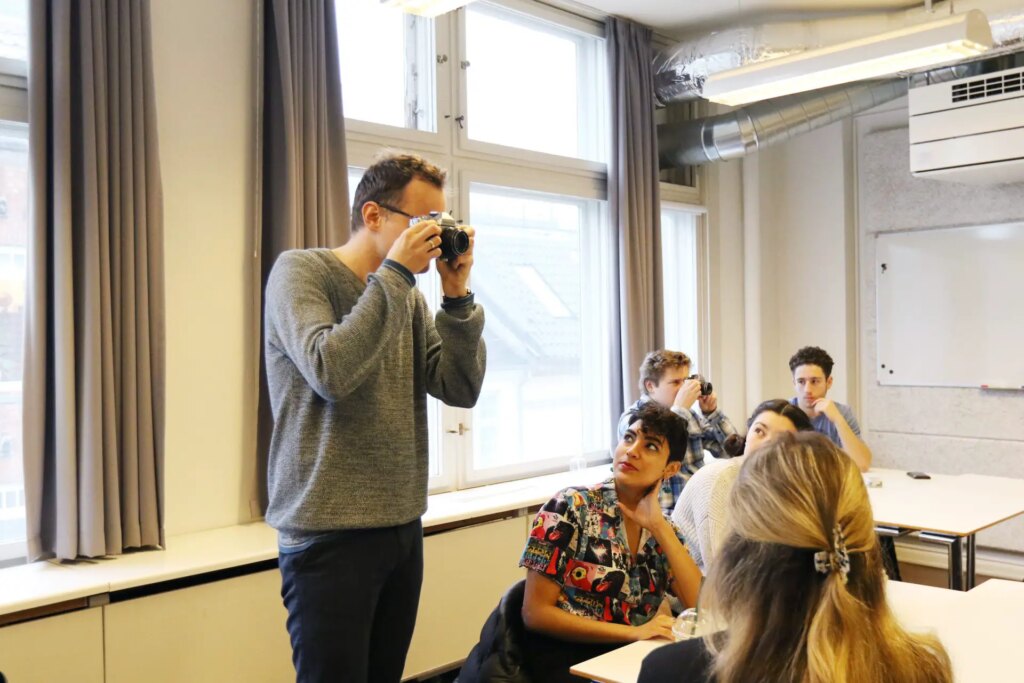
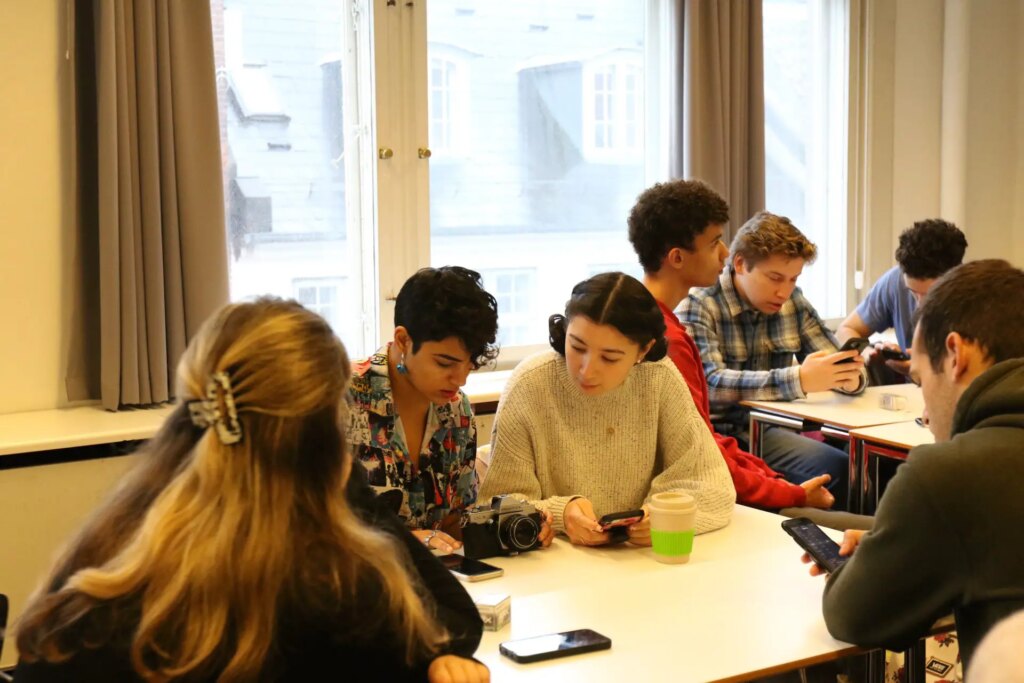
Part of the workshop was walking around Copenhagen down-town to practice shooting.
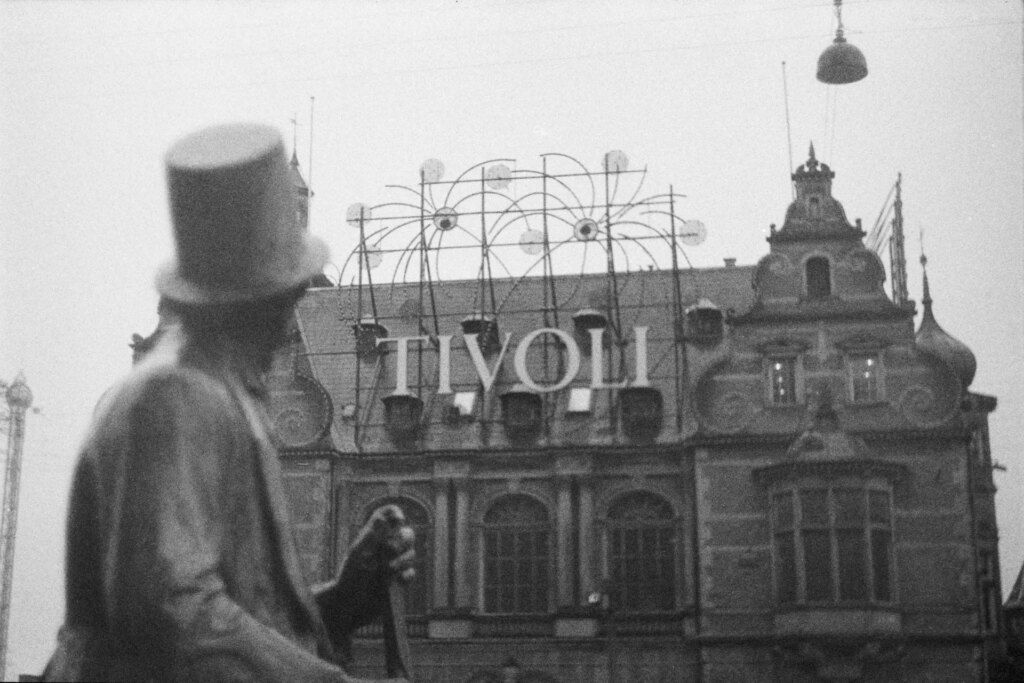
We went to Southern Denmark to learn more about complicated Danish-German relations: wars that made the region swing between the two, symbolic space that have different meaning for each nationality, long reconciliation efforts and contemporary state of affairs, largely influenced by the European Union.
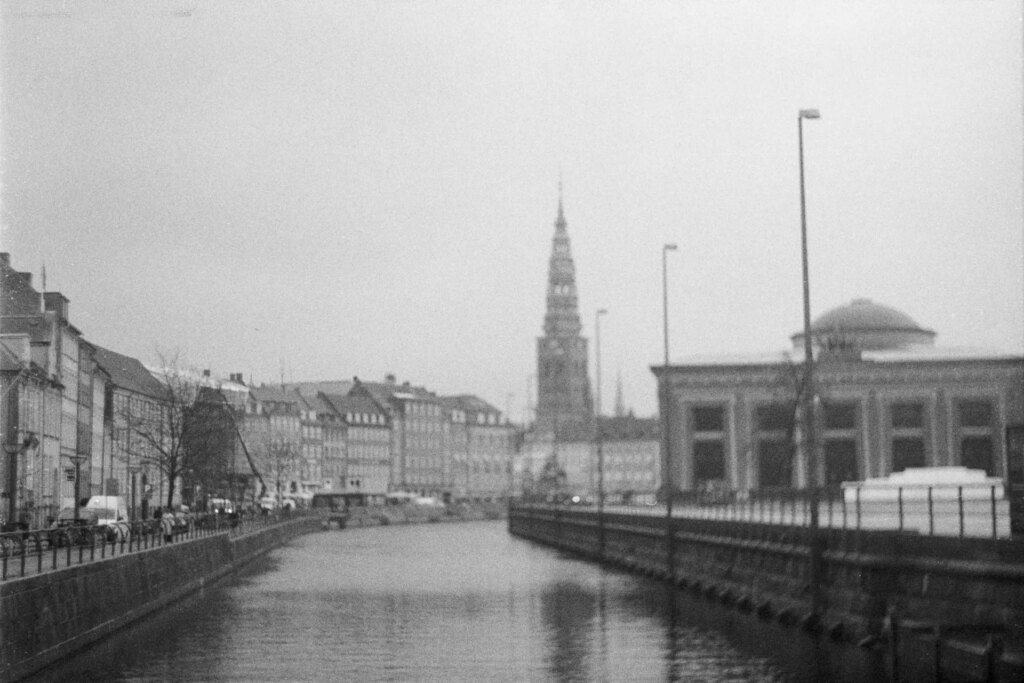
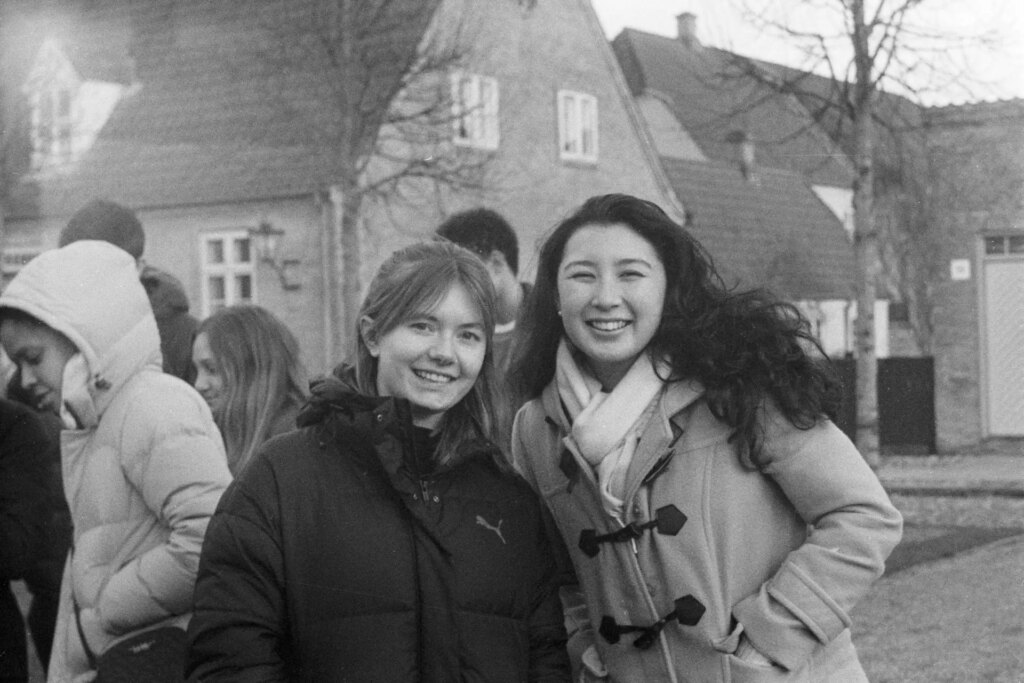
In Brussels, we visited the European Parliament and the House of European History. We went to the European External Action Service HQ to talk about European diplomacy and Russian invasion of Ukraine which had happened just a week before our trip. We explored Brussels on bikes and went to the Africa Museum to talk about Belgium’s difficult colonial past. We also travelled to Antwerp to get a glimpse of the Wallonia-Flanders division that Belgium still experiences.
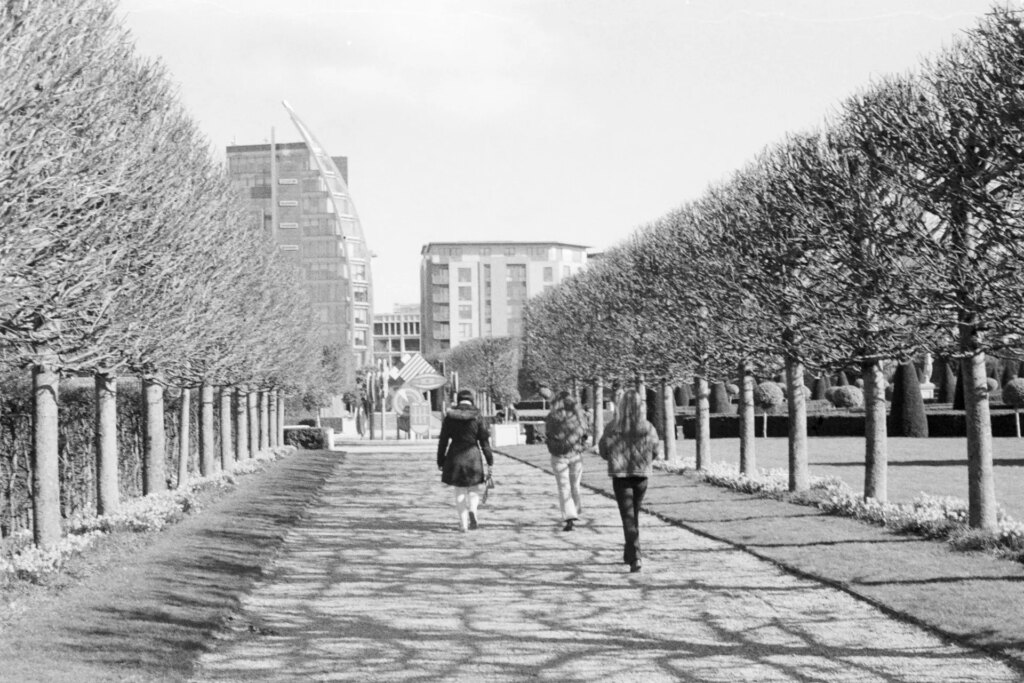
After coming back from our trips, I developed and scanned the films at home.
Not every location provided perfect conditions for analogue shooting. In some cases, bringing a rather heavy metal camera was not the best idea. An intense bike tour also did not provide a sufficient degree of comfort for film shooters. All in all, however, the students managed to make use of the gear provided.
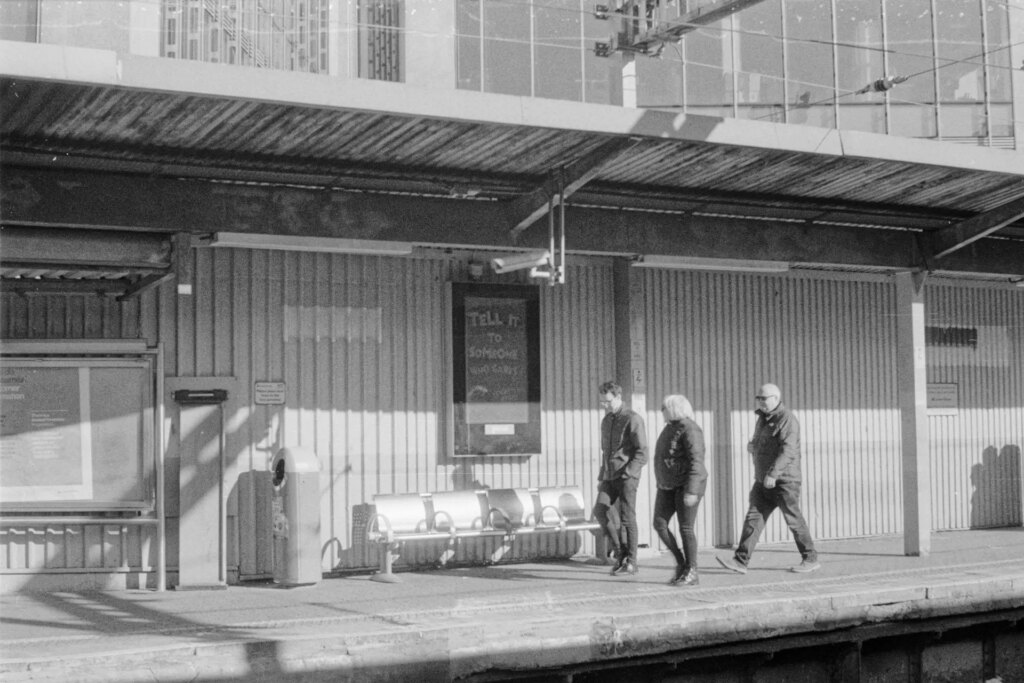
Did the experiment work? Altogether, the students used 8 rolls of film. Two of them came out blank which suggests the film was not loaded correctly. Some photos we underexposed, some overexposed, others turned out a bit out of focus and somewhat off.
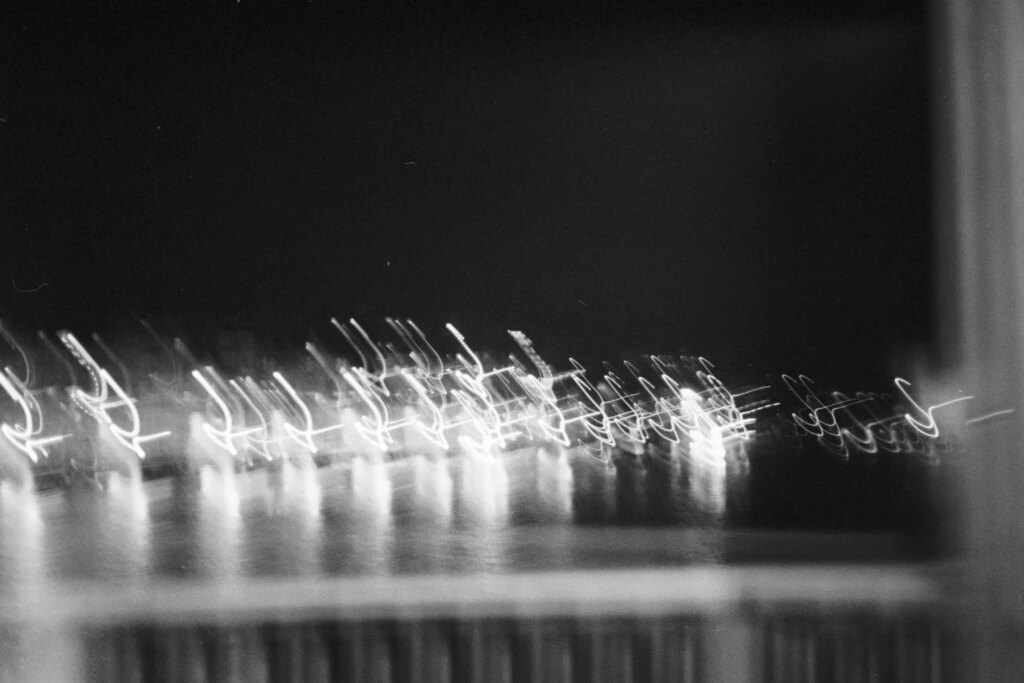
Did these problem matter? Absolutely not. To me, it was part of the learning curve. The results were not as important as the joy stemming from seeing old cameras being used by people who are used to their phone to take photos everywhere with no special preparations.
It was inspiring to watch the students acquire a new skill, making mistakes, and drawing conclusions along the way. It was wonderful seeing them walking around with their cameras searching for opportunities to take an interesting shot at a time when everything and everyone was still heavily affected by COVID-19.
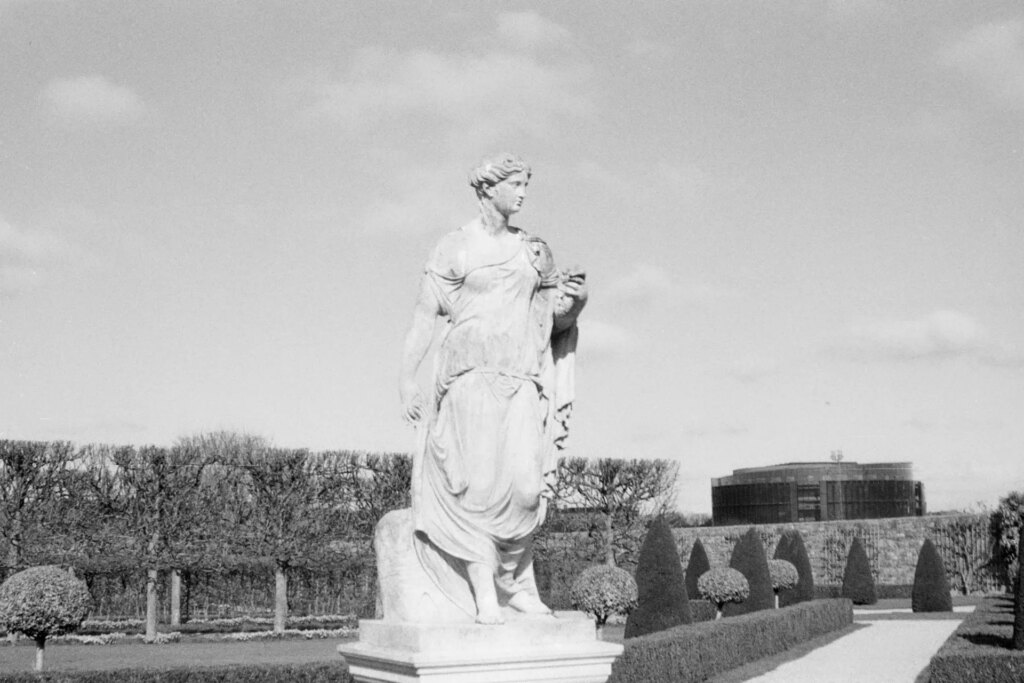
Especially in the digital era, the act of handling a chunky piece of metal and glass added authenticity to everything we were doing. I am very grateful to DIS leadership for giving me a free hand in carrying out this unusual exercise. And, most of all, I am very proud of my students who took the challenge and made the most of the whole semester.
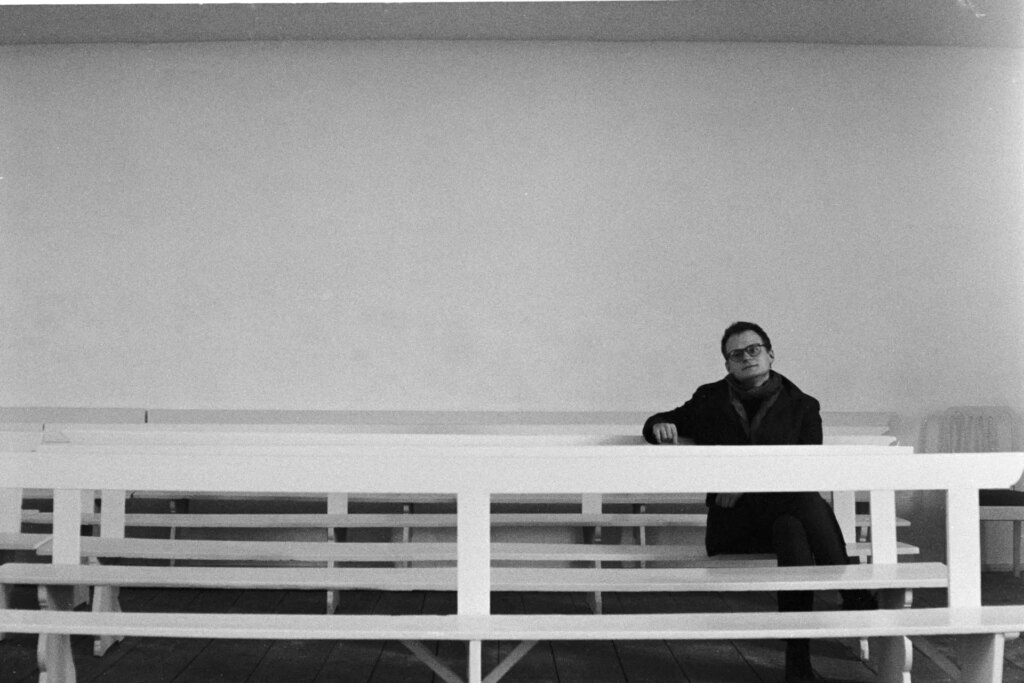
There is, perhaps, another thing that shows how intricate, useful and appealing analogue photography can be when used for teaching social sciences and humanities courses. A few weeks ago, I was about to travel with another group of students as a co-leader. I visited their class to talk about my experience and their expectations. I briefly mentioned the camera experiment and, to my surprise, the students immediately asked if we could do the same.
We ended up taking the three Prakticas and shooting more than 10 rolls of film. I just came back from the trip and I am excited to see the results.
All photos were developed and scanned a Plustek 8200i AI by the author.
Share this post:
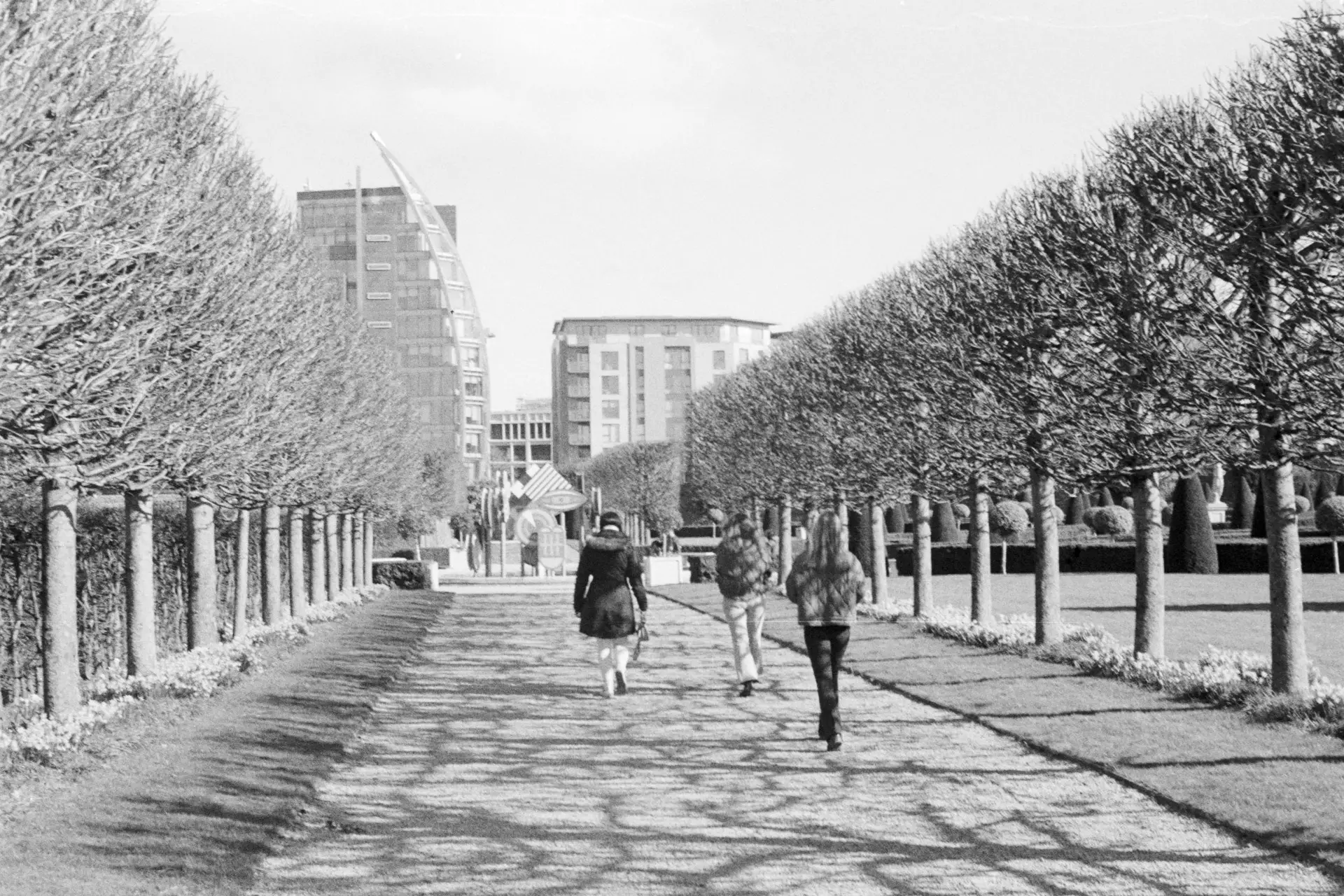
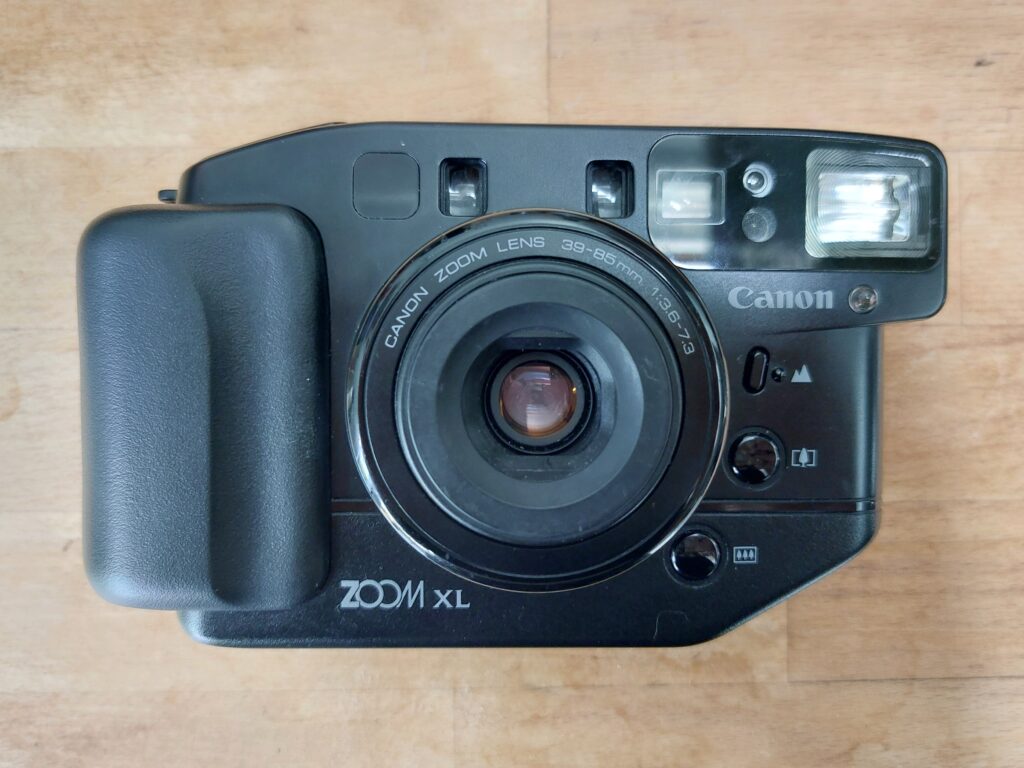
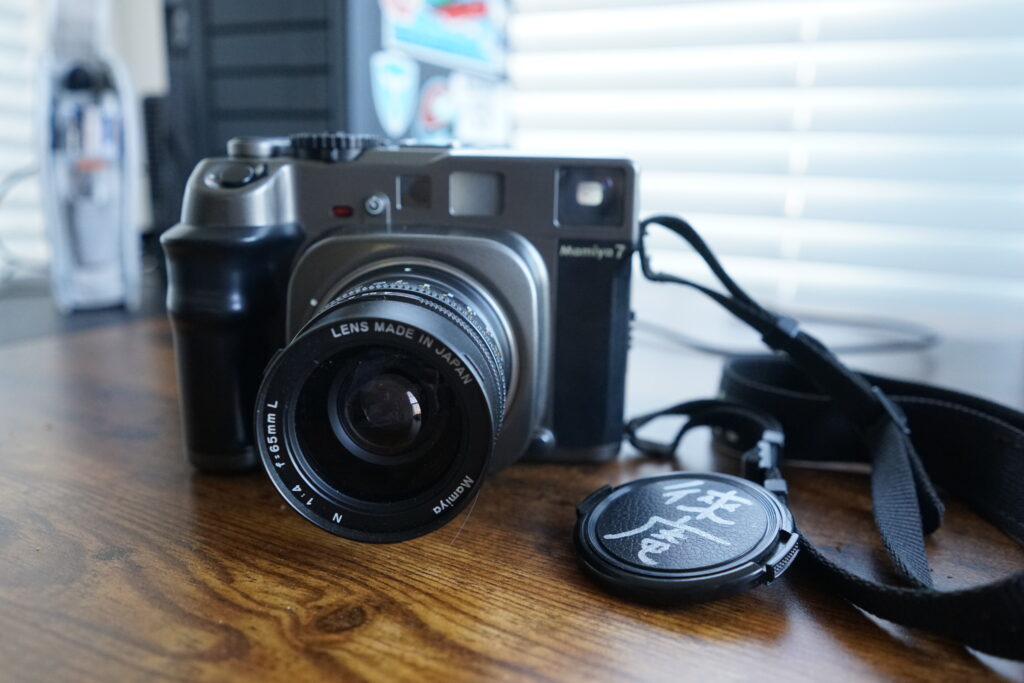
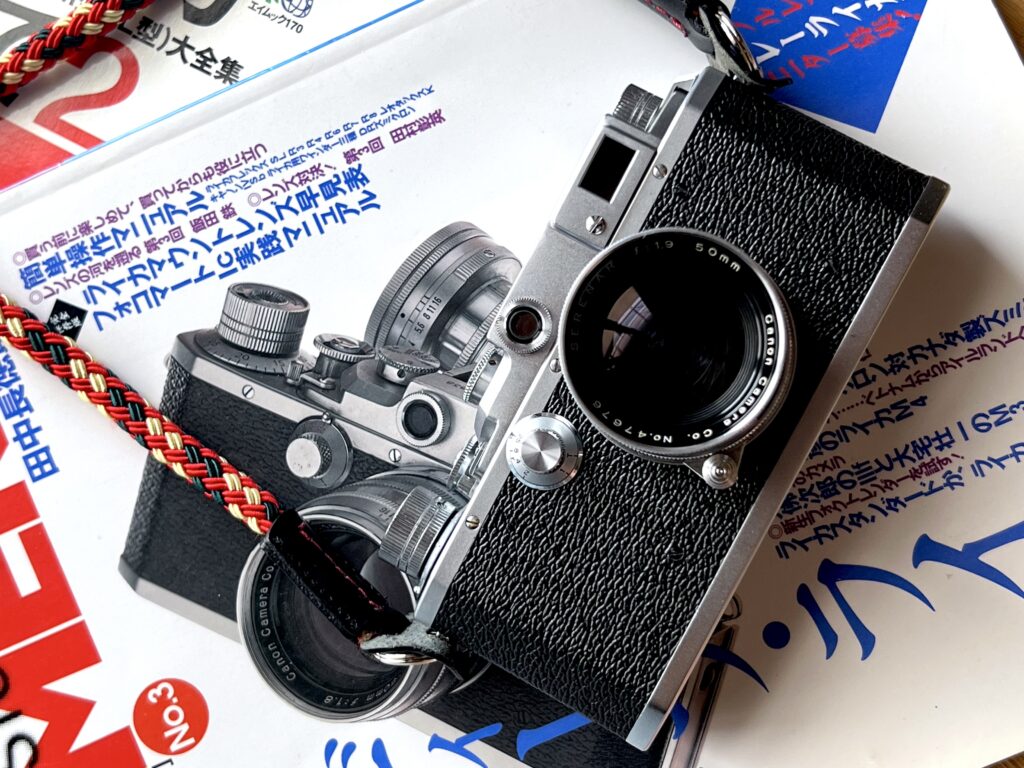
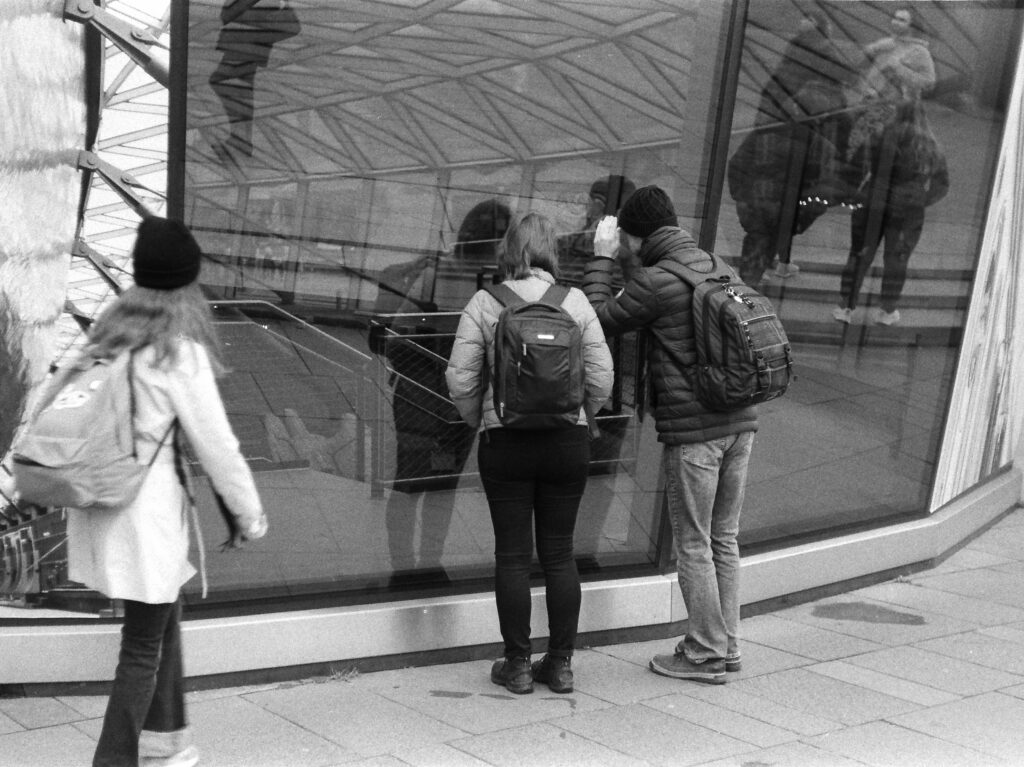





Comments
Alfred Fickensher on Film Photography and a Political Studies Course – By Milosz Jeromin Cordes
Comment posted: 07/07/2022
Ben Garcia on Film Photography and a Political Studies Course – By Milosz Jeromin Cordes
Comment posted: 08/07/2022
About 20 years ago, now, I studied the geology (and biology) of Iceland for a summer through the DIS program at the U. of Copenhagen. It was one of the best experiences of my life. The year before, my uncle had bequeathed to me his old OM-1 in preparation for this trip. Unfortunately I was in the 2nd-to-last Geology/Biology of Iceland class. Maybe you can get that going, again! ;)